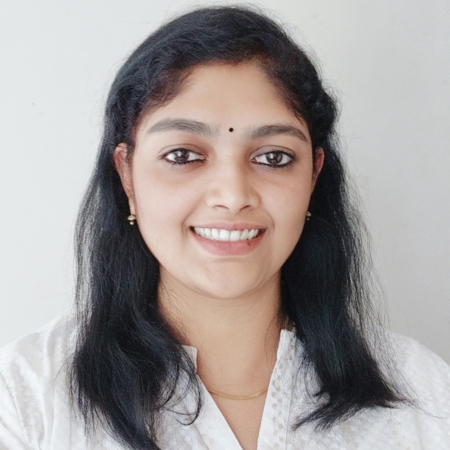
Dr Dhanyamol Antony
Assistant Professor Grade II (Data Science)
+91 (0)471 - 2778292
dhanyamolantony@iisertvm.ac.in
I am Dhanyamol Antony, an Assistant Professor at the School of Data Science, Indian Institute of Science Education and Research Thiruvananthapuram (IISER TVM). My research lies at the intersection of Algorithms & complexity, Graph Theory, and Theoretical Computer Science, with a particular interest in understanding the structural properties of graphs and their algorithmic implications. My work delves into the computational complexity of graph problems, exploring fundamental questions in algorithmic graph theory and combinatorial optimization.
Before joining IISER TVM, I was a Postdoctoral Fellow in the Graph Theory and Combinatorics Group at the Indian Institute of Science (IISc) Bangalore, working under the guidance of Prof. L Sunil Chandran from February 2023 to August 2024. I earned my Ph.D. in Theoretical Computer Science from the National Institute of Technology (NIT) Calicut in 2023, under the supervision of Prof. R Subashini. Additionally, I worked as a Research Intern at IIT Dharwad under Prof. Sandeep R. B. in 2021. During my doctoral studies, my research explored the computational complexity of graph modification problems, specifically Subgraph Complementation and Seidel's Switching, leading to complexity dichotomies for various graph classes on these problems. Prior to Ph.D., I completed my Bachelor’s degree in Computer Science and Engineering from Mahatma Gandhi University, Kottayam, and my Master’s degree in Computer Science and Engineering from the University of Kerala.
At the core of my research is a deep fascination with how graph structures influence computational complexity and how these insights can lead to the development of efficient algorithms. I am particularly interested in problems at the intersection of graph theory, combinatorial optimization, and algorithm design, where theoretical insights can have practical implications. Through my work, I aim to contribute to a deeper understanding of graph algorithms and complexity theory, bridging fundamental research with real-world applications.
